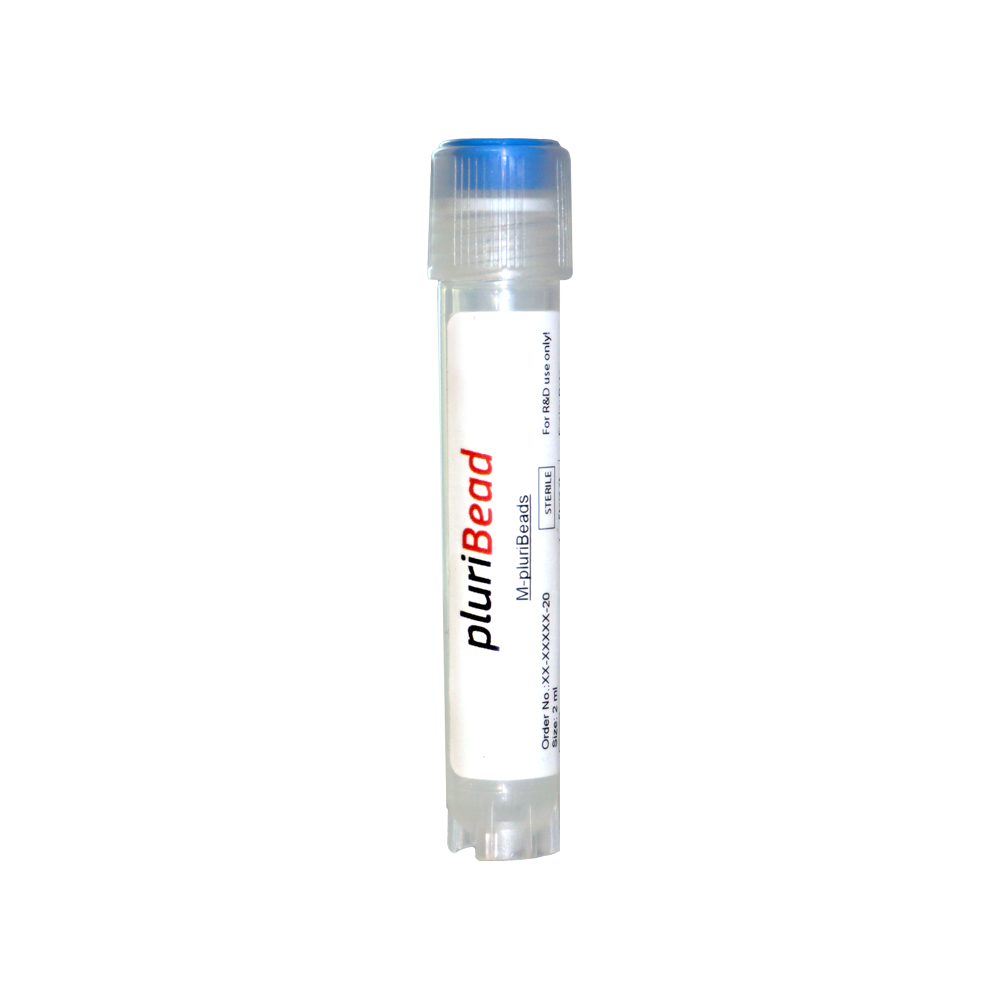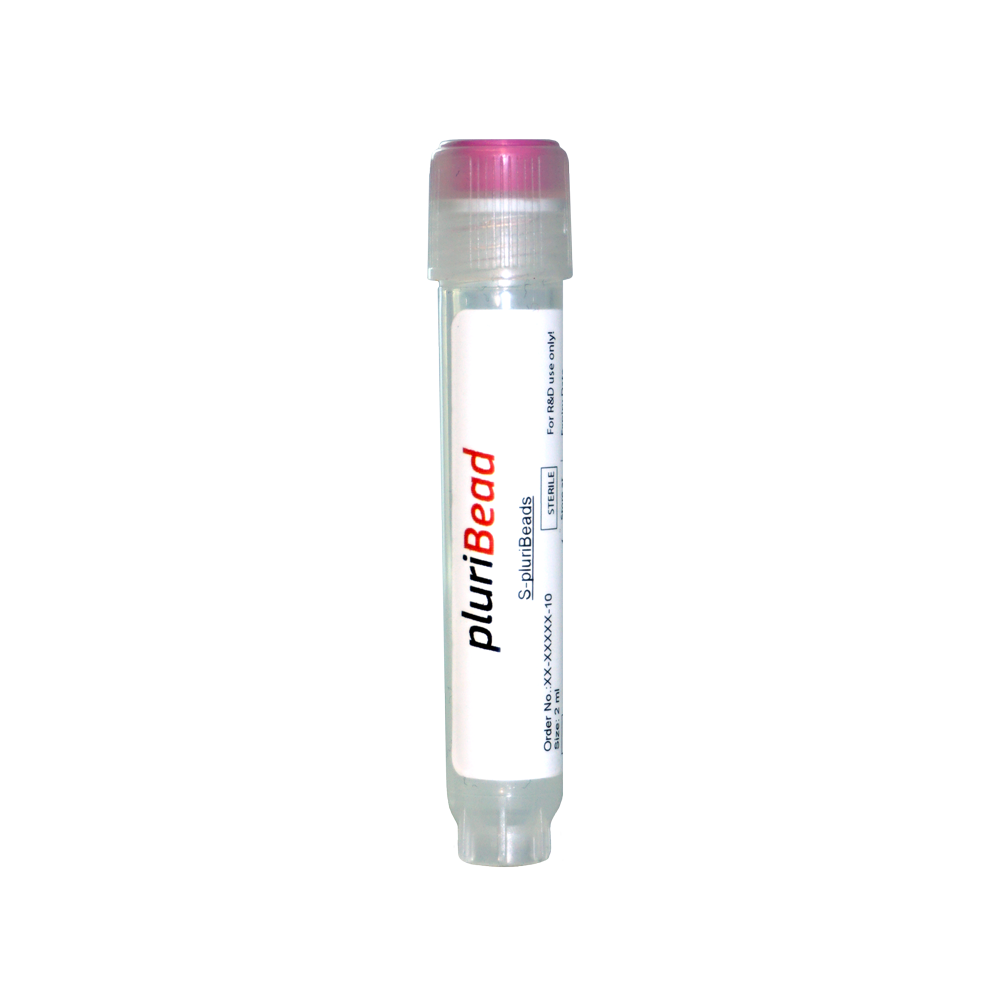Cookie Settings
We use cookies to provide an optimal experience for you. Technically required cookies are used for making shopping possible, statistics are used for anonymized Google Analytics. You can read everything in our updated privacy policy.
Eosinophils also have kidney-shaped lobed nuclei (two to four lobes). The number of granules in an eosinophil can vary because they have a tendency to degranulate while in the blood stream.] Eosinophils play a crucial part in the killing of parasites (e.g., enteric nematodes) because their granules contain a unique, toxic basic protein and cationic protein. Surface receptors on the Eosinophils that bind to IgE are used to support the task. Eosinophils also have a limited ability to join the phagocytosis. They are professional APC, they regulate other immune cell functions (e.g., CD4+ T cell, dendritic cell, B cell, mast cell, neutrophil, and basophil functions). Eosinophils can be involved in the destruction of tumor cells and they promote the repair of damaged tissue.
The Eosinophils can be isolated together with the neutrophils using the Leuko-Spin density Gradient media. (Lympho Spin – Leuko-Spin density gradient cascade)

